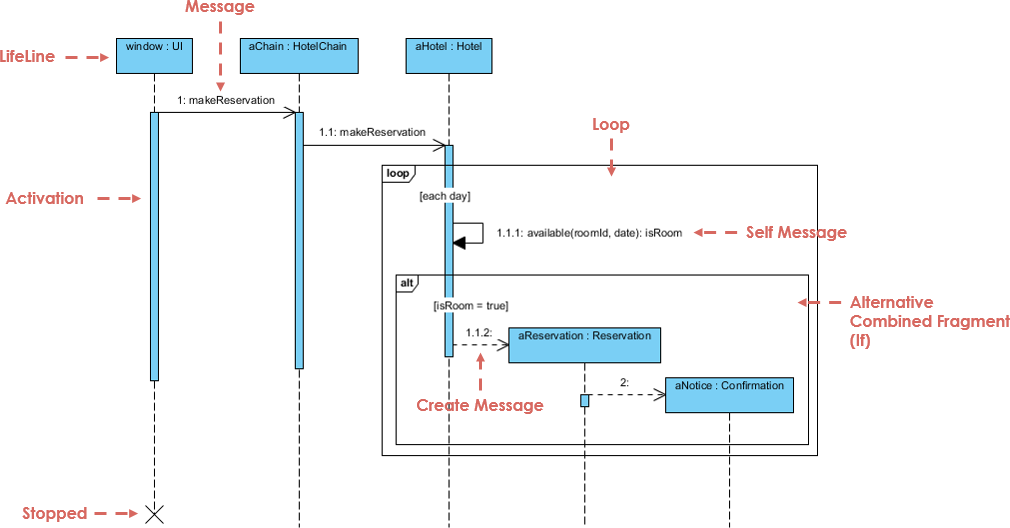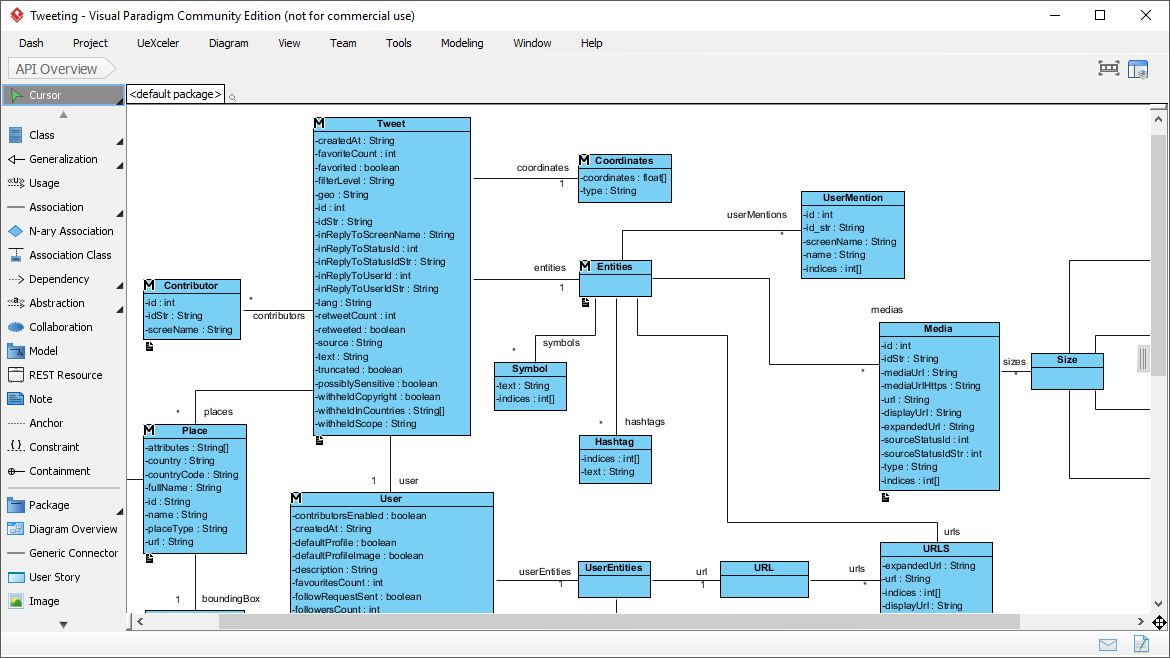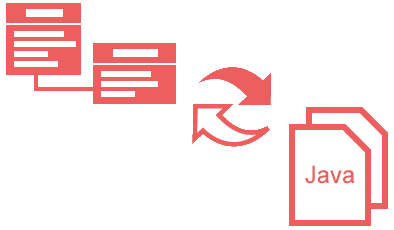Unleash Your UML Modeling Potential with Visual Paradigm Community Edition
Are you a student, an aspiring software engineer, or simply someone who wants to dive into the world of UML modeling? Visual Paradigm Community Edition is here to empower your UML modeling journey. Since its launch in 2004, Visual Paradigm Community Edition has been the go-to choice for those seeking a free and cross-platform UML modeling software for personal and non-commercial use. Your Gateway to UML Modeling Visual Paradigm Community Edition is designed to cater to your every UML modeling need. Whether you're working on a student project, honing your modeling skills,…continue reading →







